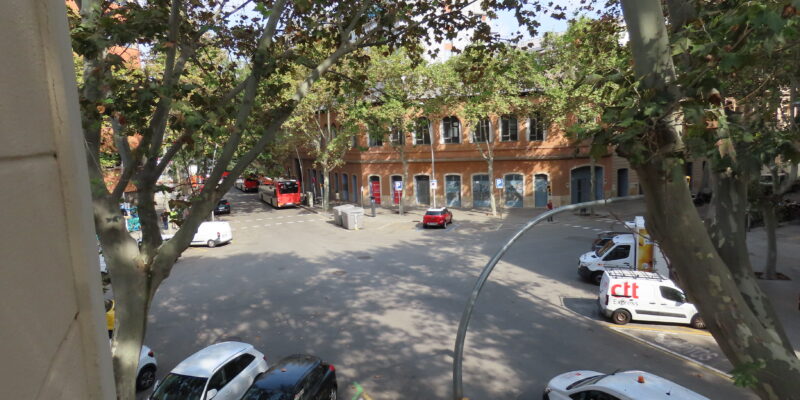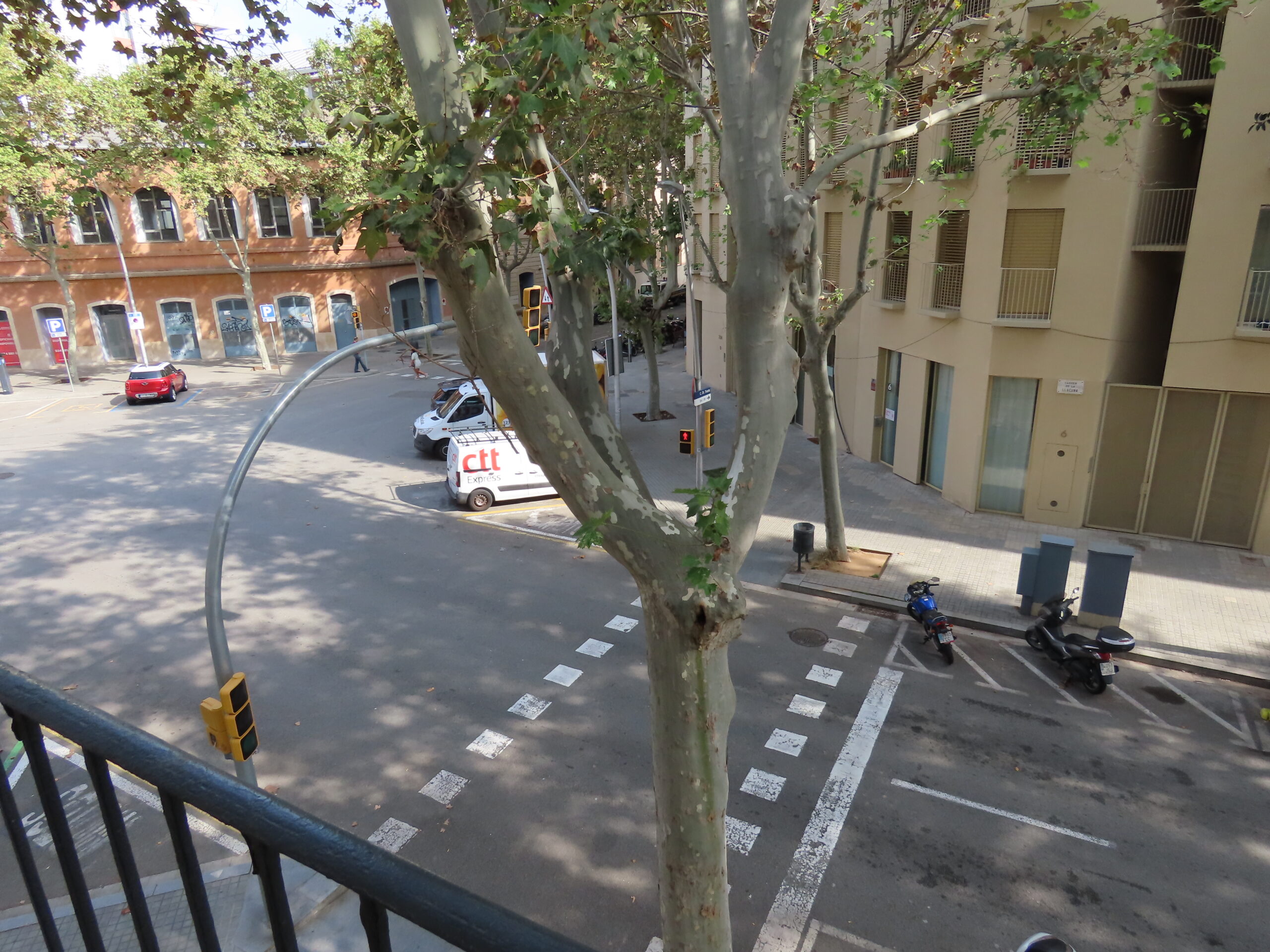
Adapting to life in Sant Martí, Spain, while we await our 47-night cruise, sailing from Barcelona on October 27, has been both rewarding and challenging. For seasoned travelers like us, who have spent years navigating unfamiliar cities, cultures, and living arrangements, we’ve learned to expect the unexpected. Still, every destination has its quirks, and here in Sant Martí, the most significant hurdle is not the language barrier, the neighborhood, or even the weather—it’s the 30 steps leading up to our apartment. Thirty steep, uneven, slippery-tiled steps that turn what should be a simple coming-and-going into a cautious ritual.
It’s not that I lose my breath climbing them. I can manage that part well enough. The genuine concern is the danger of falling. Each step seems to demand attention, especially on days when the tiles feel slick from humidity or when fatigue begins to set in. We’ve come to realize that navigating these stairs will require as much strategy as walking through a crowded marketplace in Bangkok or pacing ourselves. They are simply part of our daily life now, something we must accept and adapt to as best we can.
We try to approach it with a sense of humor. Every time we leave or return, we will joke about our “daily workout,” though it feels less like exercise and more like a balancing act on a tightrope. Each step feels slightly different, forcing us to remain mindful of our footing. Perhaps that is part of the charm of older buildings in Europe—they come with character, but also with practical challenges that travelers like us must learn to live with.
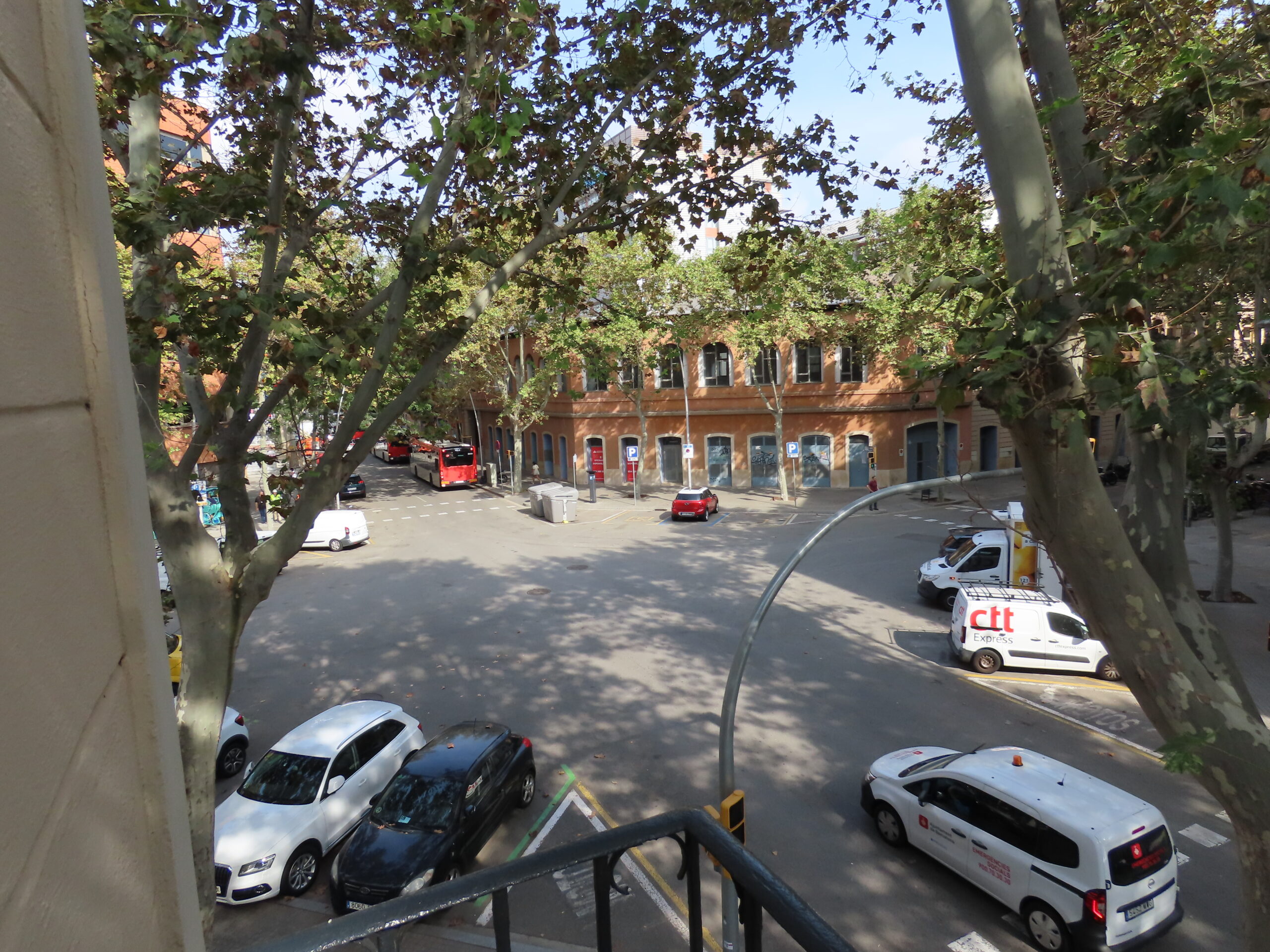
The location itself is ideal. Sant Martí may not have the postcard allure of Gothic Barcelona or the bustling atmosphere of Las Ramblas, but it has its own unique rhythm and authenticity. We’re surrounded by locals going about their daily lives, shopping at neighborhood markets, sipping espresso at sidewalk cafés, and walking their dogs along shaded boulevards. There is a quiet satisfaction in knowing that, for a time, we are part of this rhythm. Yet, it all comes back to those 30 steps. No matter how pleasant the day will be, whether we’ve walked the seaside promenade, shopped for fresh produce, or wandered the streets, returning home means bracing ourselves for the climb.
There are times when I imagine what would happen if I were to lose my footing. A single misstep could result in an injury that would derail not just these weeks in Spain but the long-awaited cruise we’ve been looking forward to for so long. Forty-seven nights at sea, visiting ports scattered across the world, is not the kind of trip one can embark upon with a cast or a limp. The thought lingers in the back of my mind, making me move even more cautiously, more slowly, than I normally would. Travel has taught us resilience and adaptation, but it has also taught us the value of prudence.
We’ve lived in many places over the years, including holiday homes in the bush of South Africa, high-rise apartments in bustling cities, and even cruise ship cabins that became temporary homes. Each setting comes with adjustments, whether it’s wild animals visiting your garden or the limitations of a ship’s cabin. Here in Sant Martí, the adjustment isn’t cultural or environmental, it’s physical. It’s the daily reminder that mobility, balance, and safety are every bit as important as passports and plane tickets.
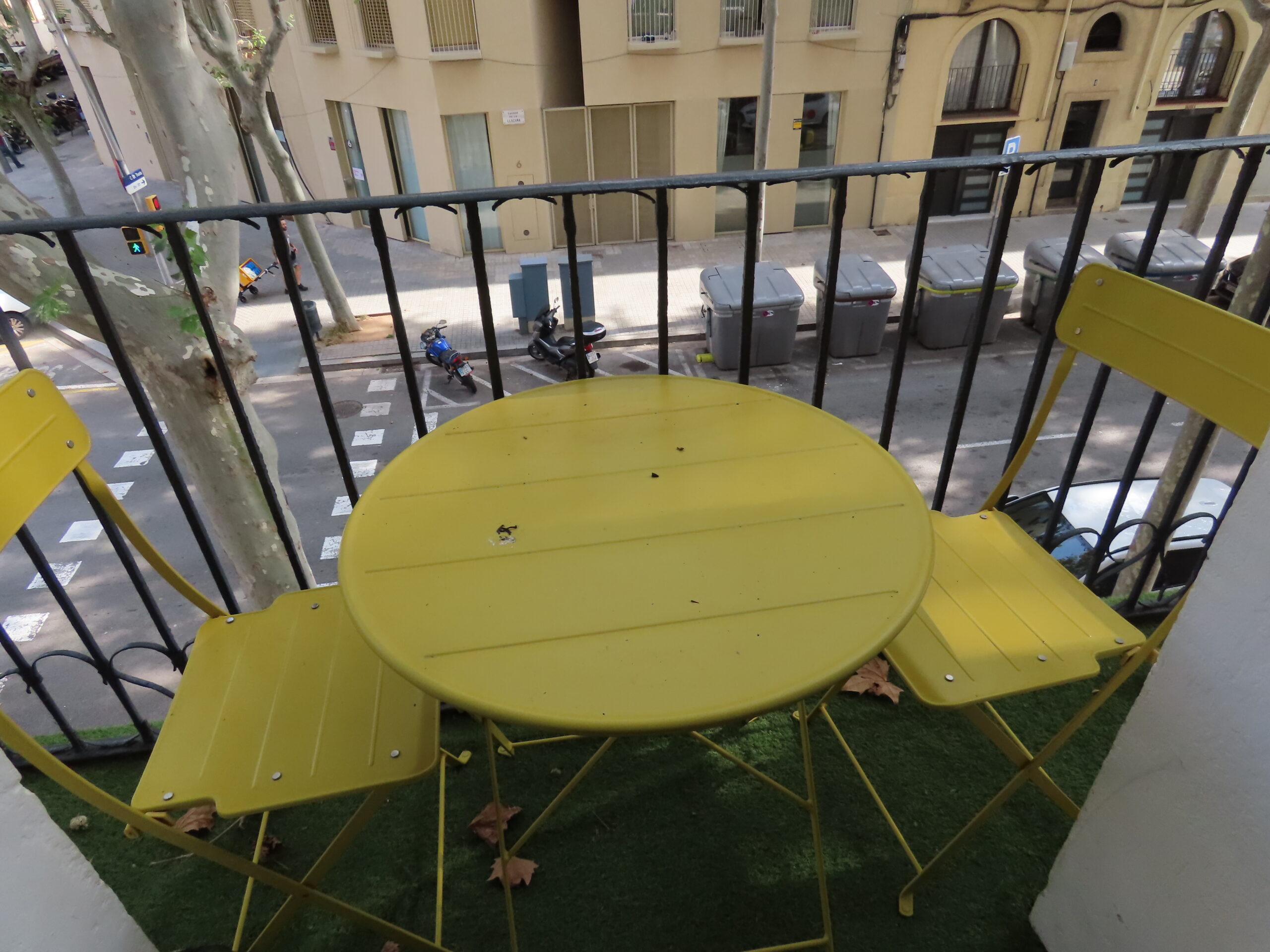
And yet, there is a kind of gratitude in this challenge. Each time I safely reach the top of the stairs, I will feel a small sense of accomplishment. It’s not a grand achievement, of course, but a quiet acknowledgment that we are still capable of adapting. Travel isn’t only about the breathtaking sights or the joyful encounters with new people; it’s also about the grit required to handle the less glamorous realities. Slippery steps, noisy neighbors, or an unfamiliar grocery store layout—all these things are part of the fabric of long-term travel.
So, we pace ourselves. We will limit how often we’ll go out, combining plans into one outing to minimize the number of times we need to face the stairs. We take our time, both ascending and descending, and remind ourselves that there is no rush. Living this nomadic life has taught us that slowing down is not a weakness but often a necessity. It allows us to appreciate more, observe more, and avoid mistakes that come with haste.
There’s also the anticipation of what lies ahead that keeps us going. The cruise looms in the distance like a bright light on the horizon. October 27 feels both near and far, and every day we grow more excited. We think about the ease of life aboard the ship, where elevators and smooth decks replace uneven stairs, where our biggest daily “challenge” will be choosing between dining options or deciding whether to attend a lecture, a show, or engage with other passengers. That thought alone makes these weeks in Sant Martí feel like a bridge, a slightly tricky one to cross, but a bridge nonetheless, to something extraordinary.
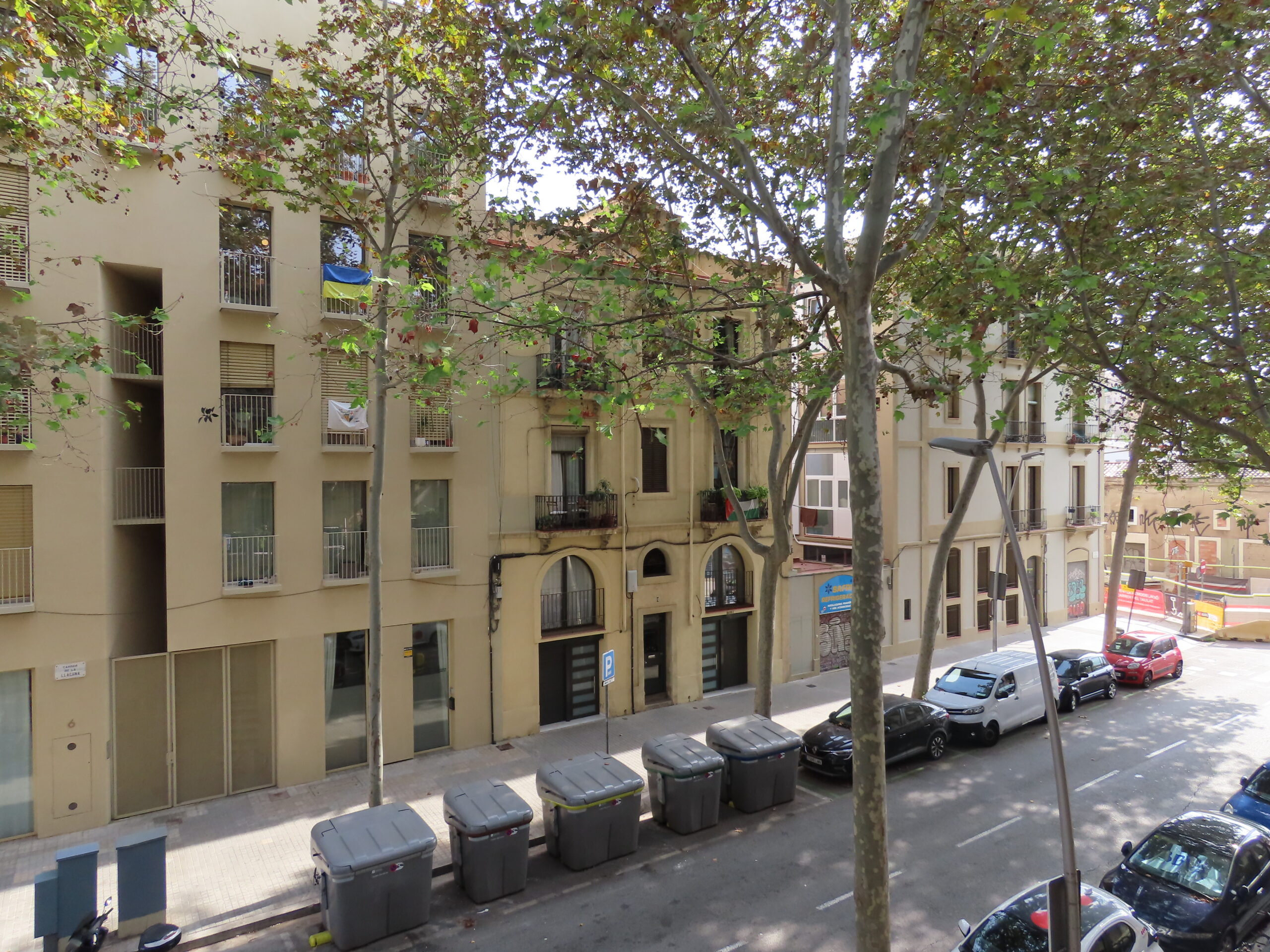
In the meantime, we remind ourselves that this too is part of the story. When we look back on this chapter, it won’t only be about the beauty of Barcelona or the anticipation of the voyage. It will also be about the resilience we found climbing those thirty steps, time after time, without complaint, without letting fear get the better of us. Life as nomads has always been a blend of joys and challenges, and this is simply the latest test of our adaptability.
And so, we carry on, carefully, deliberately, one step at a time. The cruise will come soon enough, and with it, a whole new set of experiences and stories. Until then, Sant Martí is our home, stairs and all.
Regarding the hot water issues, a repairman arrived late yesterday afternoon and successfully got the water heater working. Now, we can do laundry, use the dishwasher, and shower. I have been taking cold showers for the past two weeks, which are supposed to help improve one’s immune system, in preparation for the upcoming cruise.
Be well.
Photo from ten years ago today, September 17, 2015:


